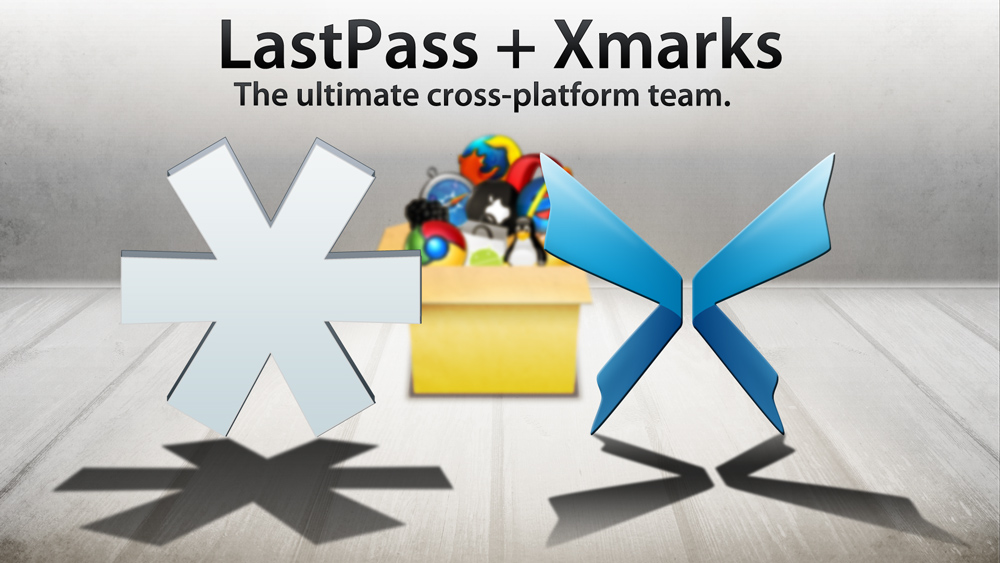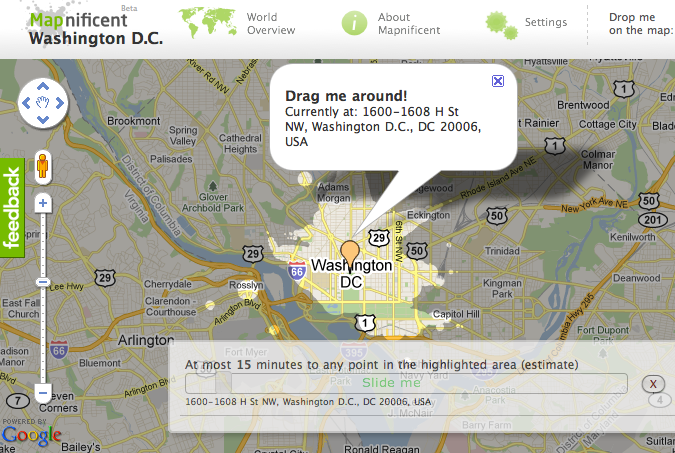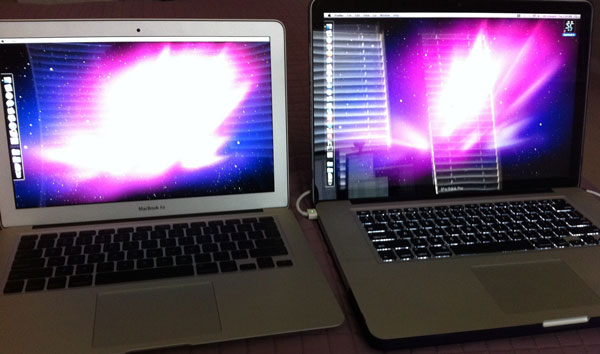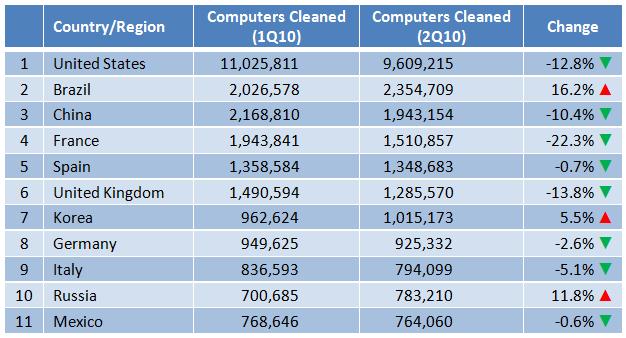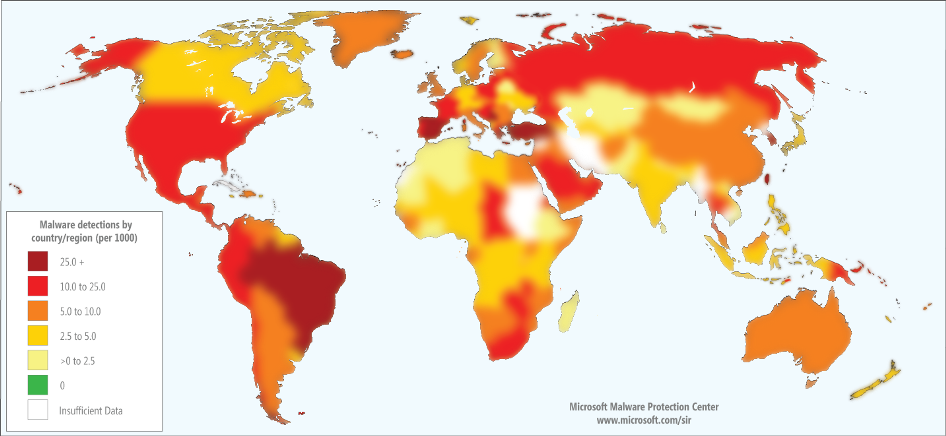My favorite cross-platform password manager, LastPass, just acquired my favorite cross-platform bookmark sync tool, Xmarks, thereby saving Xmarks from death. Back in September, Xmarks had announced that it would cease operations because it could not find a way to pay for the services it provided. With LastPass now taking over, they are moving to a “freemium” model, still offering Xmarks for free but having paid options as well. It’s great to see that Xmarks will stay around and to have two products that I trust and rely upon working together.
See the press release from Xmarks:
Today we’re excited to announce that Xmarks has been acquired by LastPass, makers of a leading cross-platform password manager. It’s a great opportunity that ensures the survival of Xmarks as the same service that you know and love.
In the last few years, we’ve attracted over 4.5 million users syncing more than 1 billion bookmarks across 5 million computers. Most importantly, we’ve provided a simple solution to help people easily access their bookmarks, wherever and whenever they needed to. We’ve had thousands of users tell us that Xmarks has become an integral part of their browsing experience. You can rest assured that LastPass will continue to build upon the service in the coming months.
We’re also committed to keeping Xmarks free while implementing a viable long-term plan. Xmarks is transitioning to a “freemium” business model, the same model that allowed LastPass to grow into a thriving, profitable business. The browser add-on and the vast majority of what users have enjoyed remains free. Users can then opt to purchase Xmarks Premium for $12 per year, which includes new enhanced features like Android and iPhone mobile phone apps, priority support, and more. The Xmarks and LastPass Premium offerings are also available bundled together at a reduced subscription rate of $20 per year. For those of you who pledged your financial support, you can make good on your pledge today and upgrade.
The restructuring of the Xmarks offerings will accelerate the introduction of new features and service improvements. The two services will continue to require separate downloads and will be administered through two distinct extensions and websites, although there are plans to integrate them in the future.
We believe the acquisition will prove to be a success because of the common mission shared by LastPass and Xmarks. Xmarks complements LastPass’ vision of secure, universal access to the information that gives you entry to your digital life. By joining LastPass, Xmarks will also be able to accelerate the introduction of new features and developments. As the ultimate cross-browser, cross-platform team, Xmarks and LastPass will work together to help more people simplify their digital lives and access their data from anywhere, at any time.
We’re excited to join forces with LastPass and be a part of a team that will continue to provide the best data-syncing tools out there! We hope you will support both of these great services through your business and your Premium subscription. For more information, please see the FAQs.
The Xmarks & LastPass Teams
